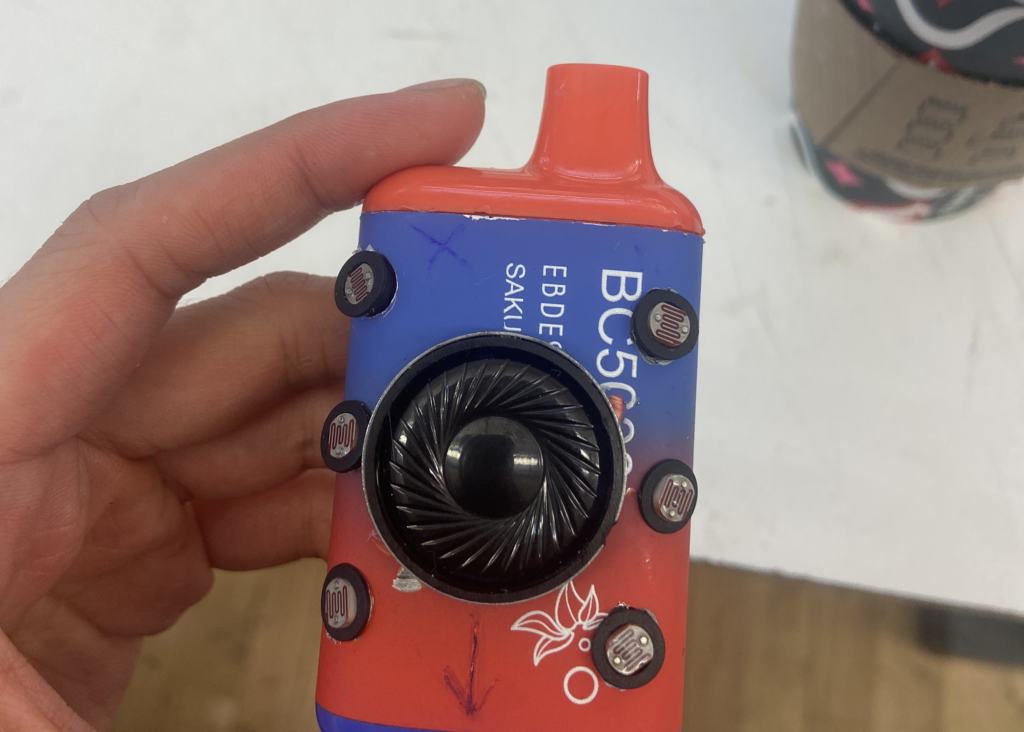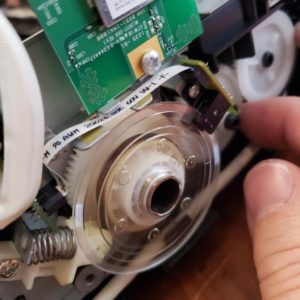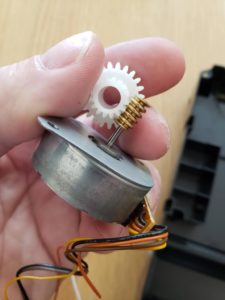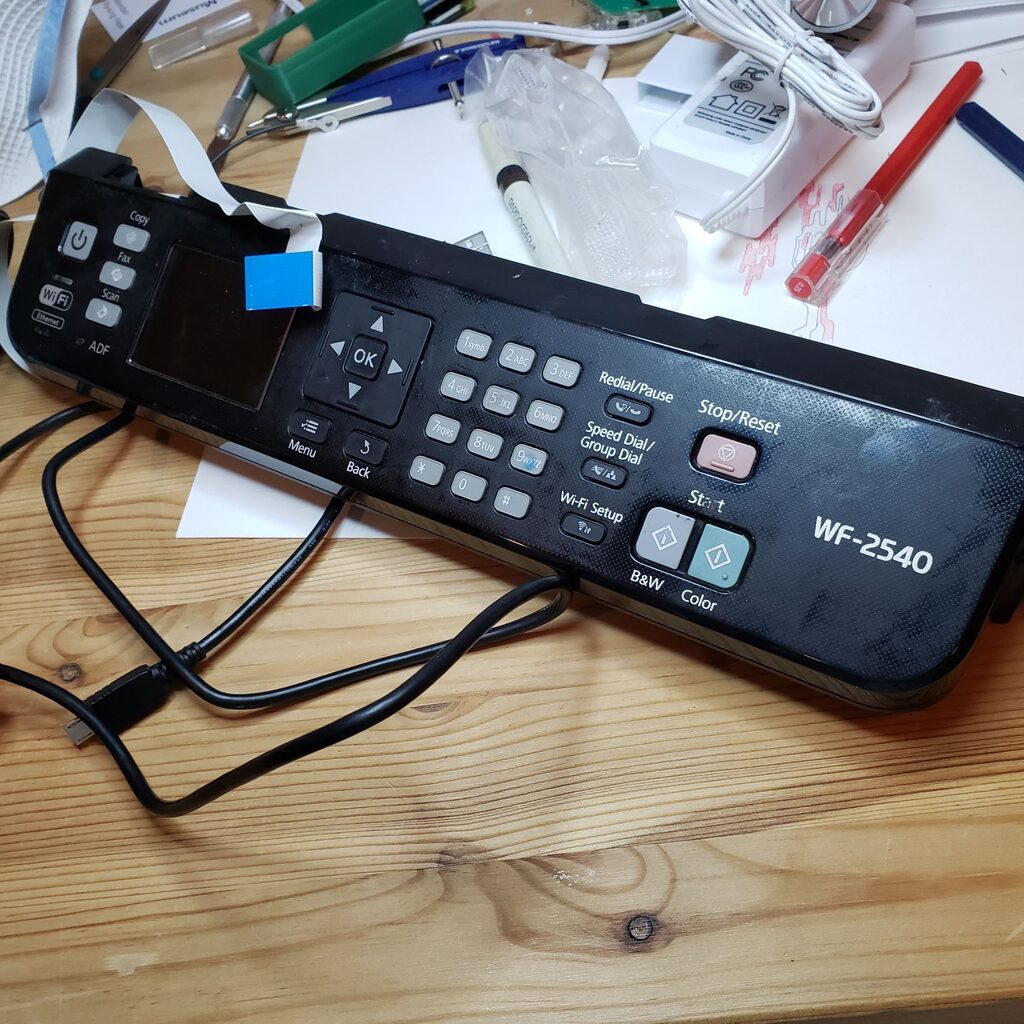
Heading north for Open Hardware Summit this year? Join NYC Resistor members Becky Stern, Kari Love, and friends for a talk on re-purposing discharged disposable vape parts. Becky will introduce the salvage process and how regulation had the unintended consequence of creating more e-waste, and Kari, David Rios, and Shuang Cai will talk about how they transformed them into rechargeable musical instruments!
Disposable vaping devices, like the ubiquitous Elfbar, are designed to become ubiquitous e-waste, but as much as the batteries are coated in sticky nicotine, they can, in fact, be repurposed for re-use. Like many contradictions in the production of electronics, this is due to a confluence of economic and political factors beyond just engineering concerns, which will be explored in this session.
The Open Hardware Summit is happening May 3rd and 4th in 2024. Tickets for Open Hardware Summit are available now. See you in Montreal!


